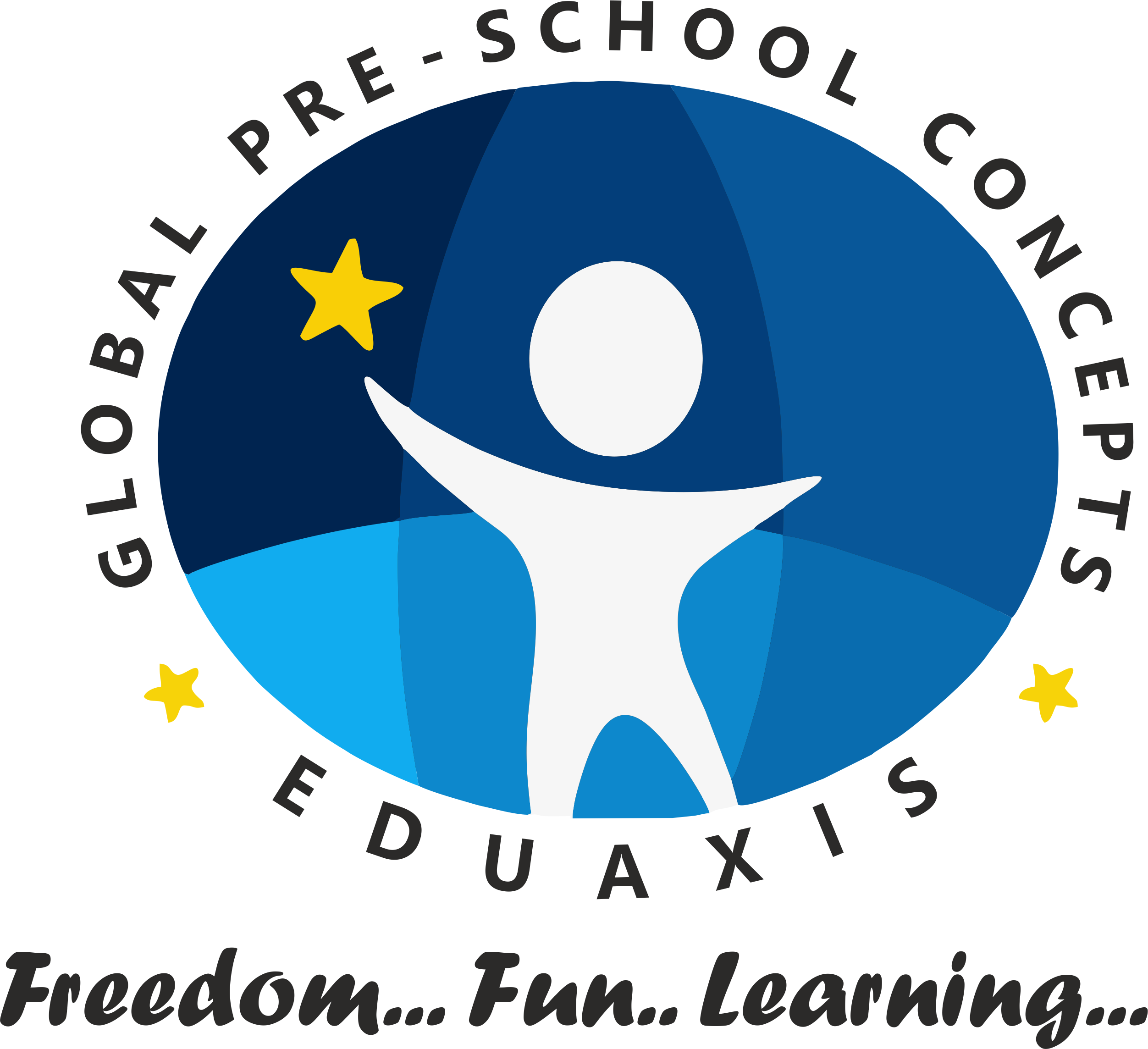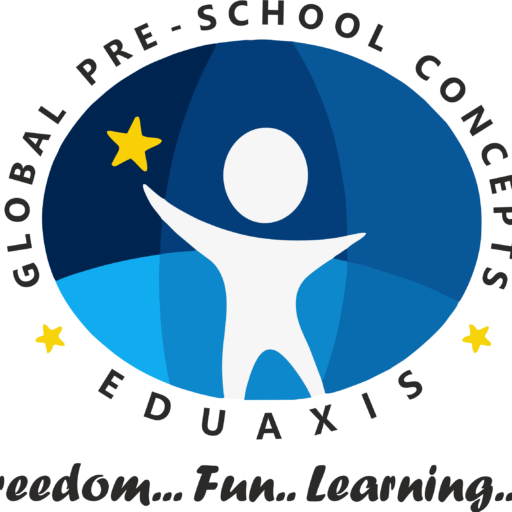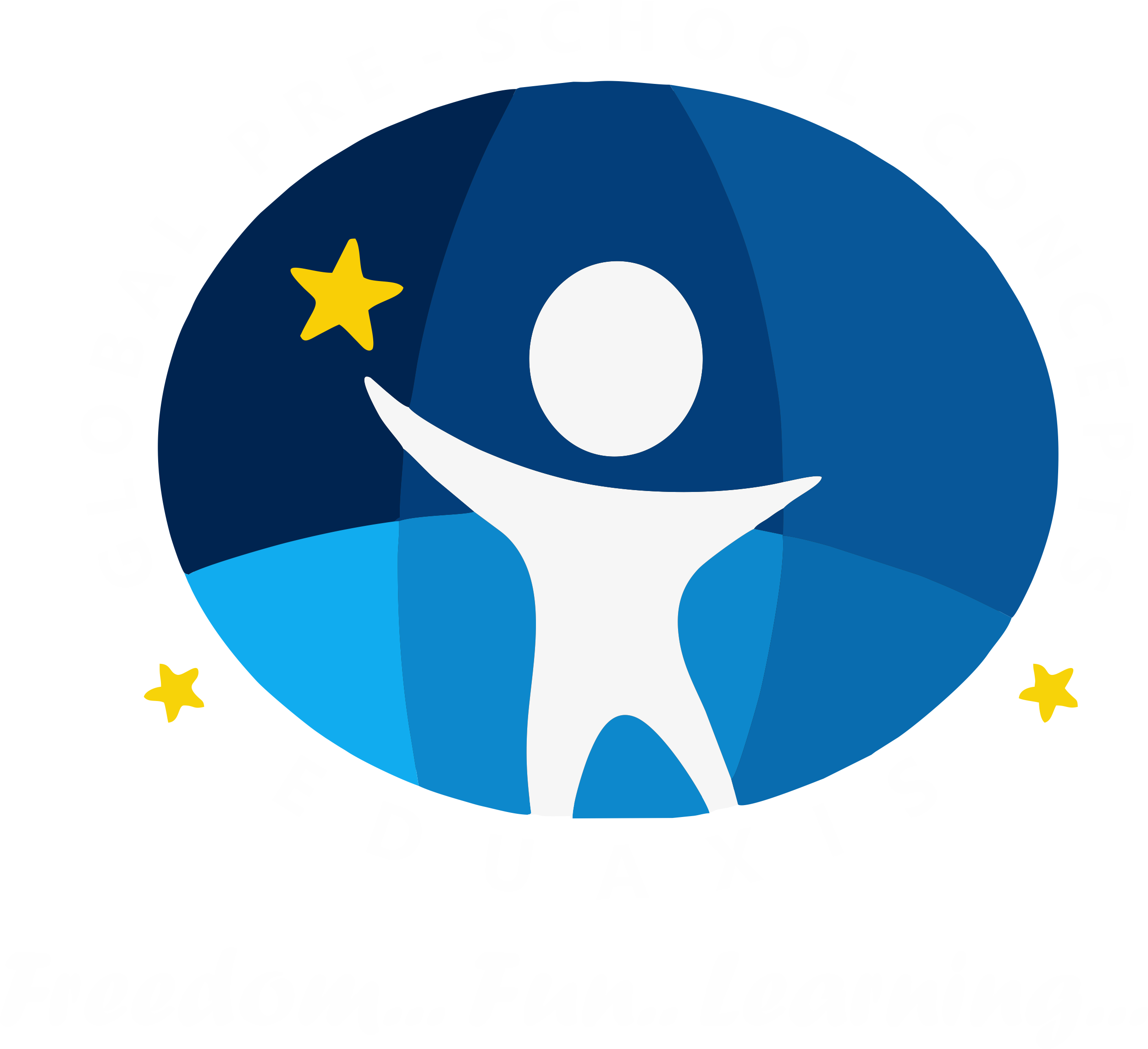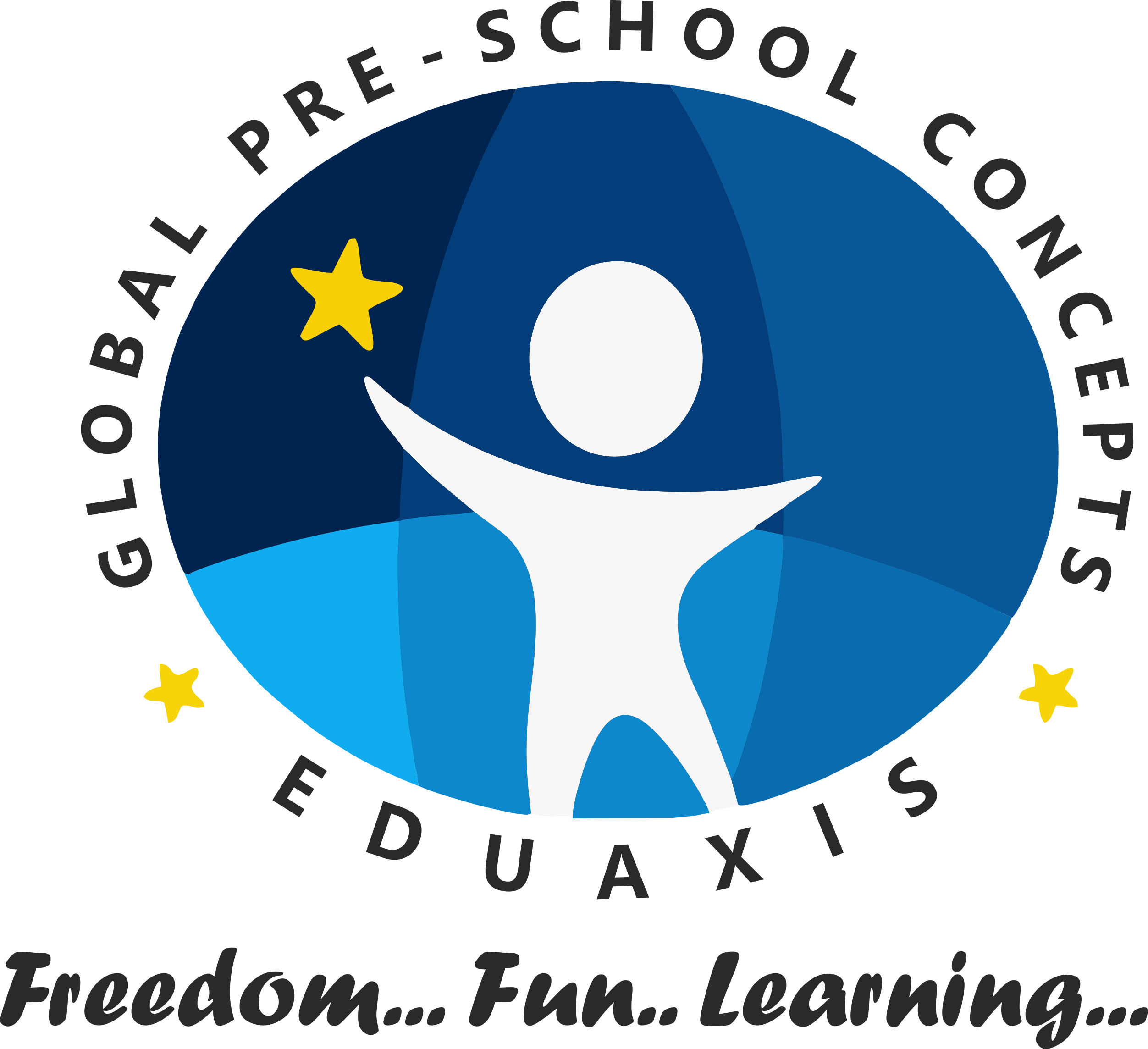Have any questions? We are happy to answer
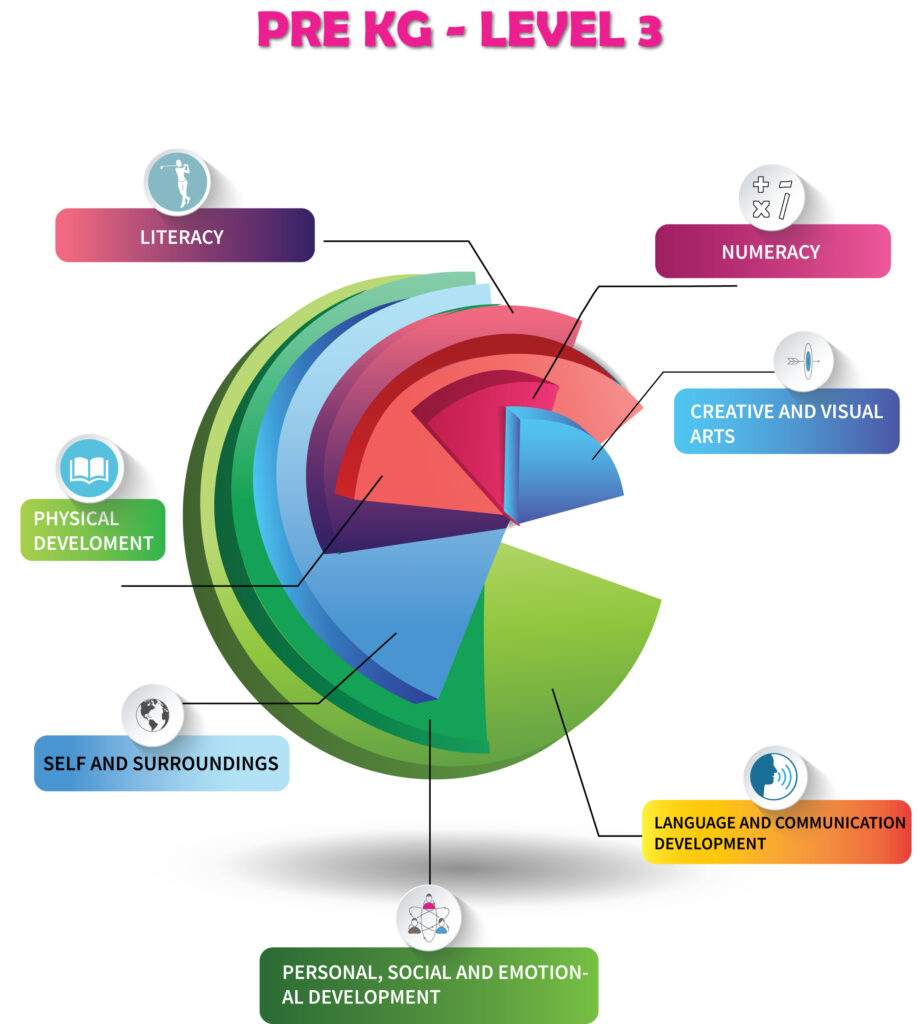
Child-centric programs within the framework of a specially designed curriculum, executed through fun- filled and exciting activities that helps to stimulate the curiosity of the children and keep them academically engaged.
LANGUAGE AND COMMUNICATION DEVELOPMENT
Communication and linguistic development become more advanced. Receptive and expressive language skills during this period are more prominent. A child can take in multi-step instructions and can differentiate between objects and relationships.
PERSONAL, SOCIAL AND EMOTIONAL DEVELOPMENT
Interpersonal Skills
Instructing children to communicate and interact with peer group, individuals or groups and to introduce them to active listening and help build responsibility, flexibility and patience.
Intrapersonal or Emotional Skills
Building regulations of self-routine, behavior, attention and gaining on emotional communication
Self Care Activities
Reinforce awareness to maintain personal hygiene, healthy and good habits.
PHYSICAL DEVELOPMENT
KINESTHETIC AND GROSS MOTOR SKILLS : Gross motor and kinesthetic skills require whole body and large muscle movements. Kinesthetic and gross motor skills improve running ability, agility and balance.
THE CONCEPT OF SELF AND SURROUNDINGS
Hands on experience and awareness of one's self, family, environment and things in the environment.
SENSORY DOMAIN
Decoding the senses to build awareness about the use of the five sense organs. The various domains are Visual, Auditory, Tactile, Olfactory and Taste.
FINE MOTOR SKILLS
To fine-tune the prehensile movements and cognitive thinking in children. Promote use of only one hand consistently for more activities. Performs activities with intricate movements like drawing along the dotted lines and picking up of small objects like pulses.
COGNITIVE OR INTELLECTUAL SKILLS
Cognitive development pertains to mental activities involving, acquiring retaining and using knowledge. Encourage questioning, memorize patterns, identify colours and noises are a few cognitive development activities.
NUMERACY
The ability to apply the concept of numeracy, which involves understanding numbers, counting, comparing, sorting and so on.
LITERACY
Introduction to reading and writing. Phonological awareness assists to identify letters and match it with the corresponding sound. More emphasis is given to writing at this level .
CREATIVE AND VISUAL ARTS
AESTHETIC SKILLS : Aesthetic skills help develop art concepts in children. They obtain better control over their hands and wrist movements. They use their creativity to form different shapes and objects to discover that art is fun as well as a way to communicate ideas.
OBJECTIVES
- Building values in children
- Bringing up independent and responsible children.
- Positive disciplining.
- Help children socialize.
By the end of the program children should be able to:
- Communicate with teachers and peer group.
- Follow instructions.
- Able to answer General questions related to self and family.
- Communicate with teachers and peer group.
- Identify letters to phonic sounds.
- Recite Nursery Rhymes.
- Recognize and write Capital letters A-Z.
- Sequence, understand and answer questions related to stories.
- Recite Number 1-50.
- Recite and write numbers in order 1-20.
- Understand numeracy concepts count and write and comparisons.
- Communicate with teachers and peer group.
- Identify basic shapes.
- Be Aware of concepts on self and surroundings.
- Actively participate in Dance, Art and Kinaesthetic activities.
